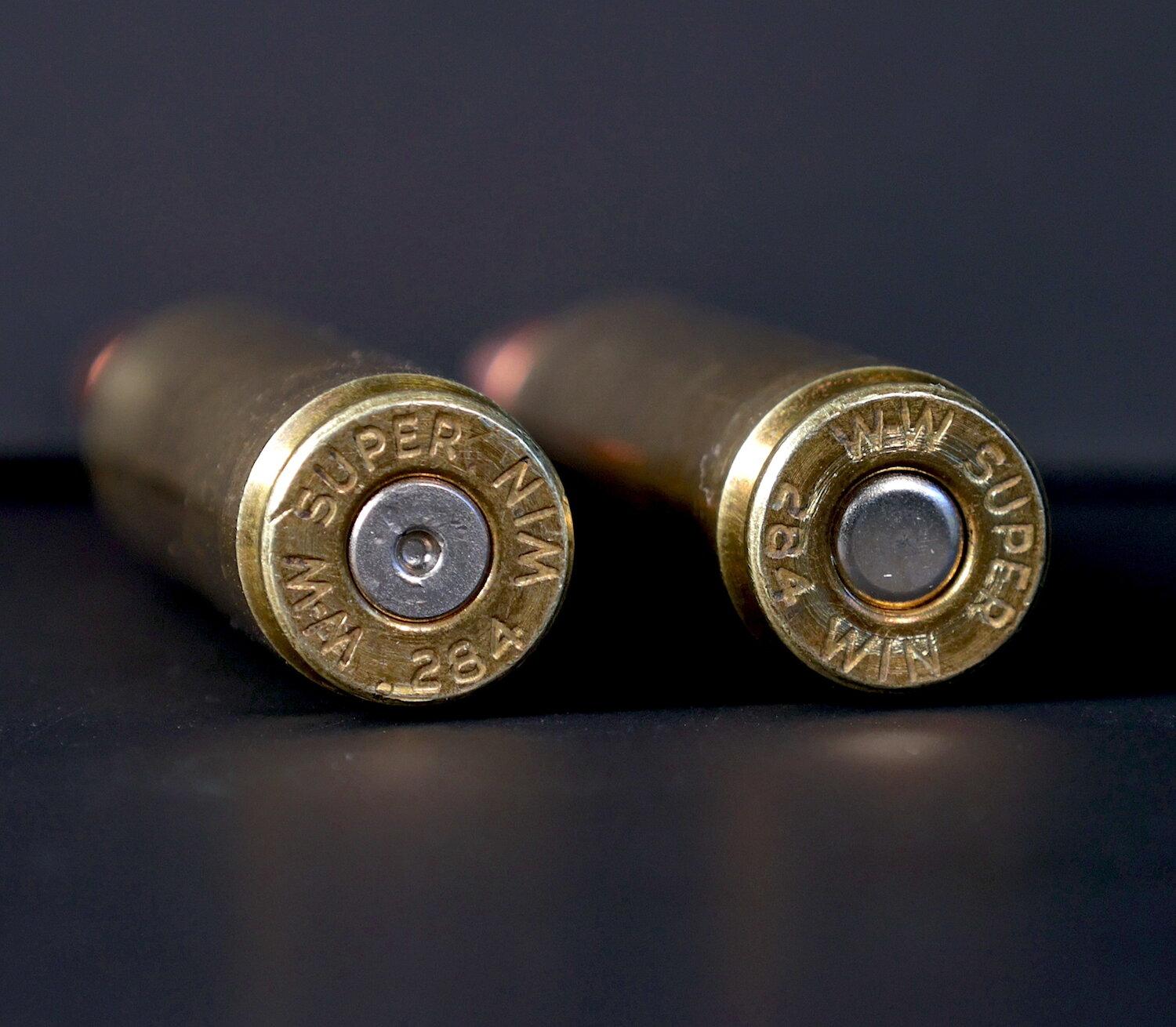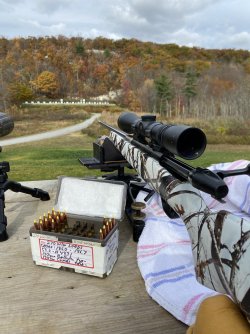You would not believe how many emails i get every week from potential customers telling me they want a full dimensioned rifle, sub 6 lbs, able to reach out a half mile and cut 1/2 moa groups all day long….. over the past +20 years of building rifles professionally with the mindset toward long range big game hunting precision rifles, i have played with building many different UL rifle designs and have come to some pretty specific standards that have proven solid in my experience.
1. Rifle dimensions: to shoot a rifle accurately, the rifle must fit the shooter reasonably well. Most true UL stock designs DO NOT. Today there are many good choices. I personally like the Game Hunter from McMillan made with their carbon fiber technology. About the best feeling stock on my opinion and light and strong and easy to shoot well at long range. Are there lighter stocks, certainly, but most give up comfort or fit in one way or another.
2. Barrel weight: in my rifles, most are chambered for some pretty intense chamberings. With a 308 or that class of chambering, barrel weight is less of a consideration but still important. Barrel rigidity and stiffness need to always be a consideration if one wants legit long range precision. As far as barrel heat goes, thats just part of it, got to live with it to some degree. Carbon barrels will help some but not as much as most think. Even a #3 contour barrel is stiffer then a light sendero contoured carbon fiber barrel, tested and proven that. Carbon barrels also require larger stock forends, more weight in the stock. MOST carbon barrels will have some degree of WALKING in their groups as they warm up. Bartleins have been the best for me in this aspect and seem to be the most consistent. Some are very noticable. Cost….. you can get two all steel barrels for the cost of one carbon….. worth it, not to me but customers the boss. Most top quality carbon barrels do shoot well enough for first three shots to meet my 1/2 moa accuracy standard at long range.
3. Recoil: its amazing how often i hear, "I want to spot my own shots" when using a 5.5 lb rifle and customers are upset they can not do that, even with muzzle brakes……. Some common sense needs to be applied here. This is simple physics my friends. You out a certain amount of energy into a 5.5 lb object, its going to move around and make it difficult to spot impacts. The size of the chambering has much effect on this for sure. Really the only way to get a light weight rifle to have very low recoil is to use a muzzle brake. But not any brake will do. You need a brake that will lock the muzzle position so recoil needs to be controlled as well as muzzle jump also needs to be controlled, exactly why my PK brakes are designed the way they are. Radial port brakes will not help much seeing your impacts……
Your comments about a longer barrel will give higher velocity and less muzzle flip counteract each other. Muzzle flip or jump is simply a product of the amount of energy put into a rifle system. Longer barrel means more velocity, more velocity means more recoil energy, more recoil energy means more muzzle flip unless controlled in some manner.
In my professional opinion, for a long range lightweight rifle, these are the specs i would recommend if you came to me wanting to build this rifle and to get you a rifle you would be happy with in the end.
- 6.5 lb bare rifle weight
- chambering would be something on the 6.5 prc, wsm class case
- 24-25" barrel length
- carbon fiber stock, full dimension
- #3 fluted all steel barrel
- My PK or similar brake design
I have built many of my UL Stalkers in the 6.5 lb range in standard chamberings and many more in the 7.0-7.25 lb range in my super wildcats such as my 7mm AM that are legit 1/2 moa @ 1/2 mile rifles.
I have also yet to see any mature, healthy make hunter who could not easily pack a 6.5-7.0 lb bare rifle weight rifle in any terrain condition out there. And when the time comes to take a 400-500-600 yard shot in field conditions, success is much easier with 6.5-7.0 lb rifle….
Listened to literally hundreds of hunters say they love their UL rifles but they just dont shoot well past 300-400 yards or miss in field conditons….. often not the rifles fault, most often ours when shooting in field conditions with such light rifles.
Probably ruffle some feathers with this one but just my honest experience of working with shooters and hunters for over two decades and seeing what does and does not work well.


